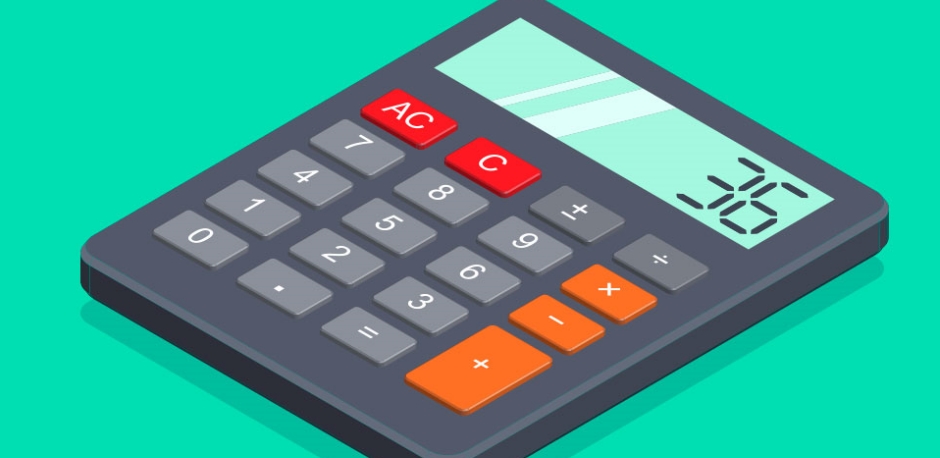

Personal Pension
Take control of your retirement savings
Switch your pension on
Important information - Personal pension investors need to be happy to make their own investment decisions, and understand that investments can rise and fall in value. It’s possible to get back less than you pay in. You’ll usually need to be at least 55 (rising to 57 from 2028) before you can access the money in your pension. Pension and tax rules can change and any benefits will depend on your circumstances. Before transferring a pension you should always check the costs involved first and whether you’d lose any valuable benefits. The information on our website is not personal advice. If you’re not sure what’s best for your situation, you should seek financial advice.
What is a personal pension?
A personal pension, sometimes known as a “private pension”, is a long-term investment plan you set up yourself and build up over your working life.
It’s there to help provide you with enough income to live off when you retire or decide to work less. It also offers favourable tax treatment compared to some other ways of saving.
The term “personal pension” can be used in different ways. Here, we’re referring to any pension that isn’t the State Pension or an occupational scheme. Two common types of personal pension are stakeholder pensions and Self-Invested Personal Pensions (SIPPs).
The amount of money you’ll get from a personal pension will usually depend on how much you’ve paid in, how your pension fund’s investments have performed over time, and which option you choose to withdraw your funds at retirement.
Common types of personal pensions
Self-Invested Personal Pensions (SIPPs)
SIPPs are a modern type of personal pension that allow you to choose from a wide range of investments.
With a SIPP, you’ll have the freedom to invest where you want and actively manage your portfolio. This flexible approach is great for someone who wants to take control of their pensions.
Stakeholder pensions
Stakeholder pensions are a straightforward type of personal pension with low minimum contributions, capped charges and typically limited investment options. They also have a default investment strategy - useful if you don’t want to be making the investment decisions, but it’s a ‘one-size-fits-all’ approach to investing.
Is a personal pension right for me?
The suitability of a personal pension will depend entirely on your circumstances.
For some, a personal pension can be a useful way to combine their existing pension pots and cut down on paperwork – or simply top up their retirement savings tax-efficiently alongside their existing workplace pension. If you have access to a workplace pension, make sure you’re maximising any employer contributions before deciding whether to pay into a personal pension.
For others, saving for retirement can fall entirely on your shoulders - such as if you’re self-employed - so there’s no employer to set up a pension or make payments on your behalf. In these circumstances, the onus is on you to save for retirement.
Pension calculator
Find out if you're on track to get the income you want in retirement.
How much can I pay into a personal pension?
If you’re a UK resident under 75, you can usually pay in as much as you earn, up to £60,000 a year, and get tax relief.
You may be able to pay in more than £60,000 if you have unused allowance from previous years. Tax rules can change and any benefits depend on personal circumstances.

Should I combine my personal pensions?
It’s important you’re in control of your pension savings, particularly as you approach retirement. Depending on your needs and the kind of pension you have, it could make sense to consolidate your pensions in one easy-to-manage account, like the HL Self-Invested Personal Pension.
Join over 460,000 clients already using the HL SIPP
- Security - We're trusted by over 2 million clients and regulated by the Financial Conduct Authority
- Award-winning - We've won over 200 awards across the HL service, including Best Buy Pension 2024 at the Boring Money Best Buys Awards
- Ease - Check your SIPP anytime online or with the award-winning HL app, plus ongoing support from our friendly, UK-based helpdesk
- Flexibility - With the HL SIPP, you’re free to pick your own investments, select one of our ready-made portfolios, or pay a financial adviser to choose investments for you
- Expertise - Over 40 years’ experience in empowering people to save and invest with confidence
- Great value for money - Free research, the latest investment news, tools and insight from our team of experts
SIPP charges
The HL SIPP is free to set up and low cost to run. Our yearly charge for holding investments is never more than 0.45%. Some investments will have their own annual charges, so please check these first before you invest.
It’s free to buy and sell funds. Other dealing charges depend on the type of investment and how often you trade.
FAQs
Pension essentials

What are the different types of pension?
There are a number of different pension types in the UK. One way to categorise them is into private pensions, workplace pensions, and the State Pension.

6 pensions you shouldn't transfer
Some pensions are typically better off left where they are. We explain what kind of pensions these are likely to be and how to find out if you have one.

Guide to transferring a pension
Read more about transferring at your own leisure.

Investing in the Web's Global Broker Awards 2024

Boring Money Awards 2024

The Personal Finance Awards 2023/24
Help and support
Take a look at our most frequently asked questions for quick answers.
If you need more assistance or have specific questions, please contact us.